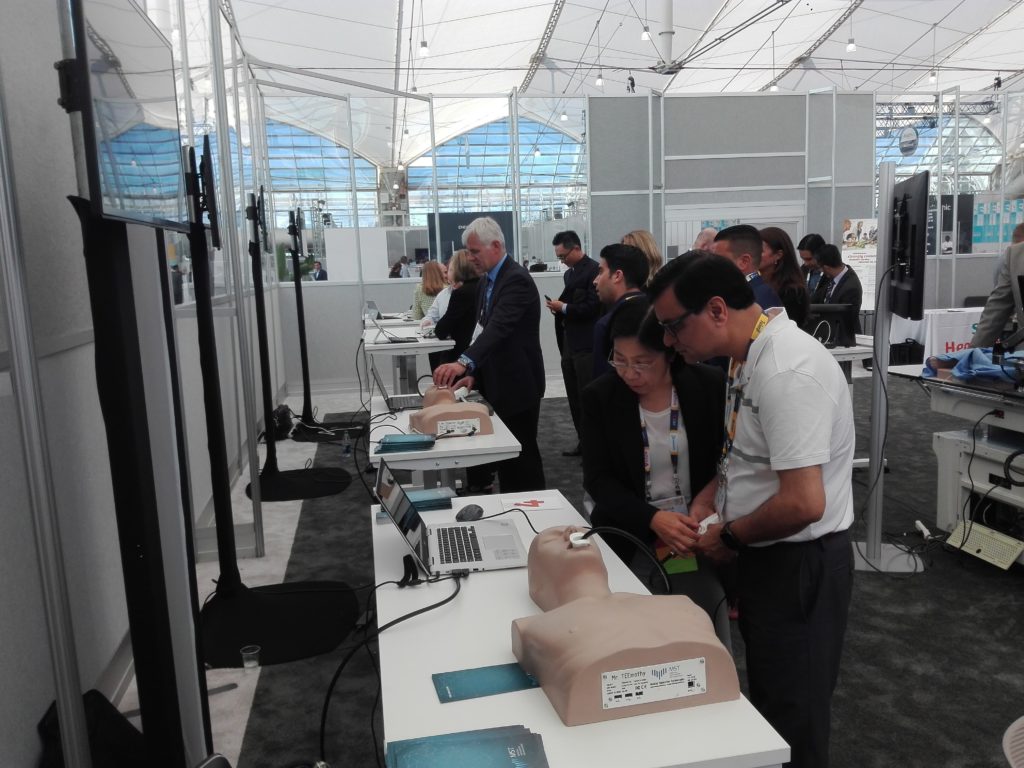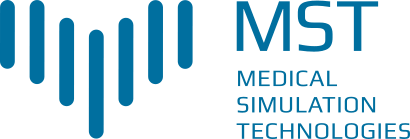MST Masterclass
- Lesson 1: Indications and complications of TEE
- Lesson 2: How to insert the TEE probe
- Lesson 3: First steps in TEE
- Lesson 4: Movements of the TEE probe
- Lesson 5: Overview of different depths of TEE examination
- Lesson 6: Depths of TEE examination in practice
- Lesson 7: Plane rotation and probe rotation
- Lesson 8: Anteflex and retroflex
- Lesson 9: Performing the first TEE: upper esophageal position
- Lesson 10: Performing the first TEE: aortic valve examination
- Lesson 11: RV inflow and outflow and bicaval view
- Lesson 12: Assessment of the mitral valve (part 1)
- Lesson 13: Assessment of the mitral valve (part 2)
- Lesson 14: Mitral valve 3D view
- Lesson 15: Left atrial appendage
- Lesson 16: Transgastric position
- Lesson 17: Transgastric LVOT, aortic valve and ascending aorta
- Lesson 18: Deep transgastric position
- Lesson 19: Performing first TEE examination (patient 1)
- Lesson 20: Performing first TEE examination (patient 2)
- Lesson 21: ASE trainer demonstration
- Lesson 22: ASE trainer first attempt
- Lesson 23: ASE trainer for the first time
MrTEEmothy video tutorial
- MrTEEmothy TEE Basic Training
- Mitral Valve 3D Exam
- Assessing patient after TAVI procedure – transesophageal echocardiography
- Enhancements in MrTEEmothy
- TEE assessment – left atrial appendage – important tips
- Optimal imaging of the left atrial appendage (LAA)
- Sample TEE examination – interpret it yourself
- Mechanical Mitral Valve with paravalvular leak
- TEE with dissected aorta after complex intervention
- TEE simulator – Mitral Valve Prolapse
- Mitral Valve 3D Examination
- Bicuspid aortic valve BAV
- Functional mitral regurgitation
- Obtaining transgastric views
- Remote Teaching Tools
- Automatic ASE TEE Views Trainer
- Transseptal Puncture
Standard 28 Views – ASE Guidelines

